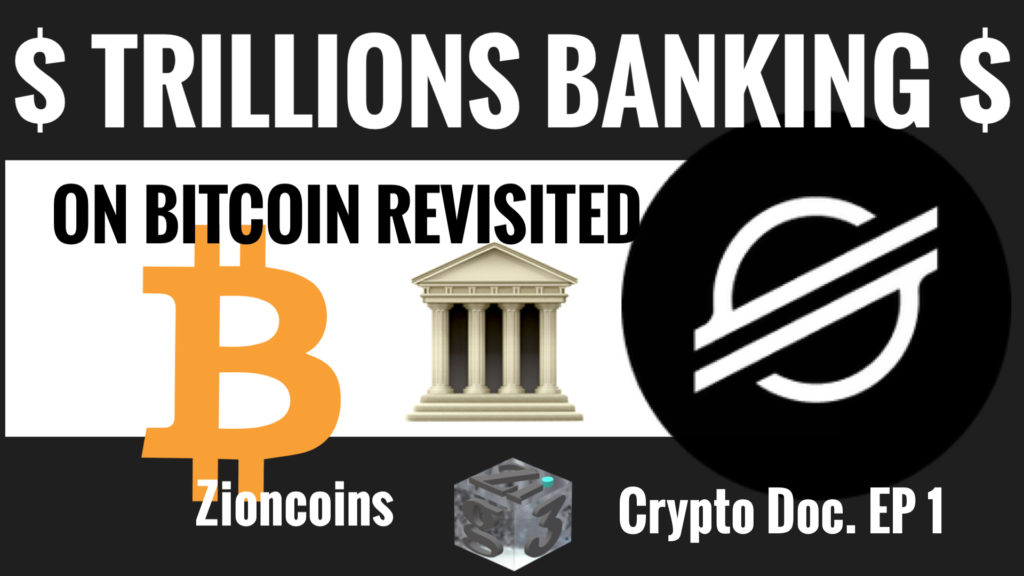
Cryptocurrencies such as Stellar XLM and ZionCoins could benefit from trillions of dollars flowing through them. This is due to the fact that cryptocurrencies offer an alternative to the existing banking system Banking on Bitcoin Revisited. Control is put in the hands of those participating. This in turn eliminates the need for middlemen like banks or credit card companies.
Banking on Bitcoin As It Begins
The concept of cryptocurrencies originated from the Cypherpunk movement. They valued privacy and personal liberty, and the development of cryptography technology. Cryptocurrencies represent a digital asset, and the limited supply of certain ones like Zion Coins make them valuable assets.
In 2008, the blockchain-based protocol was created by Satoshi Nakamoto using encryption to allow for various transactions to occur on a distributed ledger. Bitcoin which is based on this protocol, is controlled by miners. They validate and verify transactions as they participate in a consensus-building system. Miners are incentivised with Bitcoin for maintaining the ledger’s integrity and truthfulness. This proof-of-work maintains the protocol’s security.
Stellar XLM And Bitcoin Blockchains
Stellar utilizes a Federated Byzantine consensus mechanism that utilizes Quorum sets to facilitate consensus. It is more decentralized and accommodates internet-level consensus with its flexible trust and low latency attributes. However, SCP is not a cryptocurrency, and it does not offer financial incentives for good behavior or limit the creation of new coins.
Bitcoin is the largest socio-economic experiment that the world has ever seen. It holds the ability to take local transactions and perform them globally. This is a strong possibility why Bitcoin is likely to overturn the financial infrastructure. The significance of Bitcoin lies not in the currency itself, but in the blockchain technology behind it. The Blockchain eliminates the need for intermediaries and increases trust among parties.
An ECO Friendly Consensus Mechanism
The first episode of “Banking on Bitcoin Revisited” explores the difference between the proof of work consensus mechanism. And the proof of stake and Federated Byzantine agreement, and Stellar’s protocol. Stellar plays an important role in securing a network in terms of safety, security, and reliance. The series aims to showcase the importance and capabilities of cryptocurrencies, their potential to offer an alternative to traditional banking, and the practicalities of using them.
Overall, the emergence of cryptocurrencies like Bitcoin and Stellar is a response to the problems of the traditional banking system, which has led to failures of major regional banks and crypto exchanges. Cryptocurrencies offer an alternative system that is more secure and resistant to hacking, while also putting control in the hands of the users. The potential benefits of cryptocurrencies, particularly their ability to facilitate transactions on a global scale, could reshape the financial infrastructure in the coming years.
For more of this see Banking on Bitcoin revisited Episode 2
